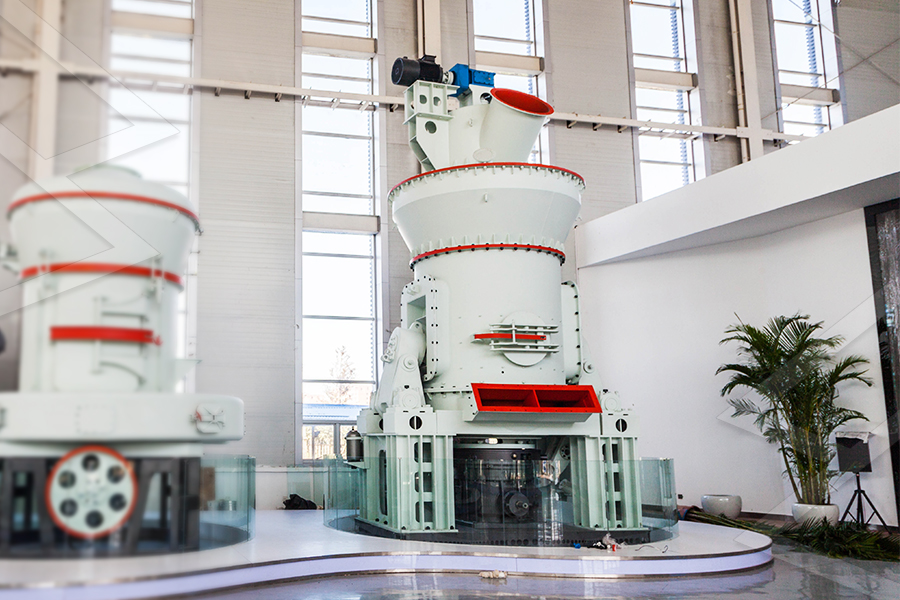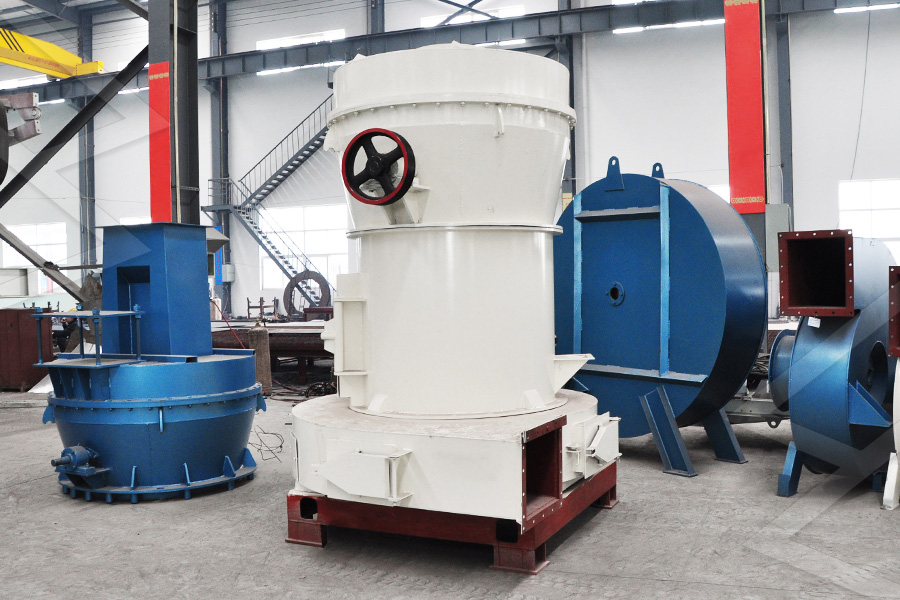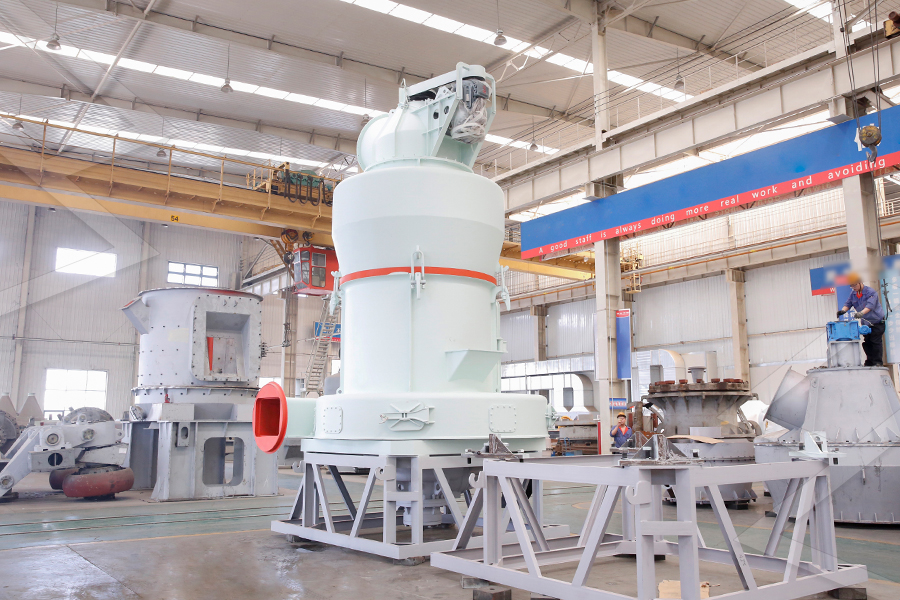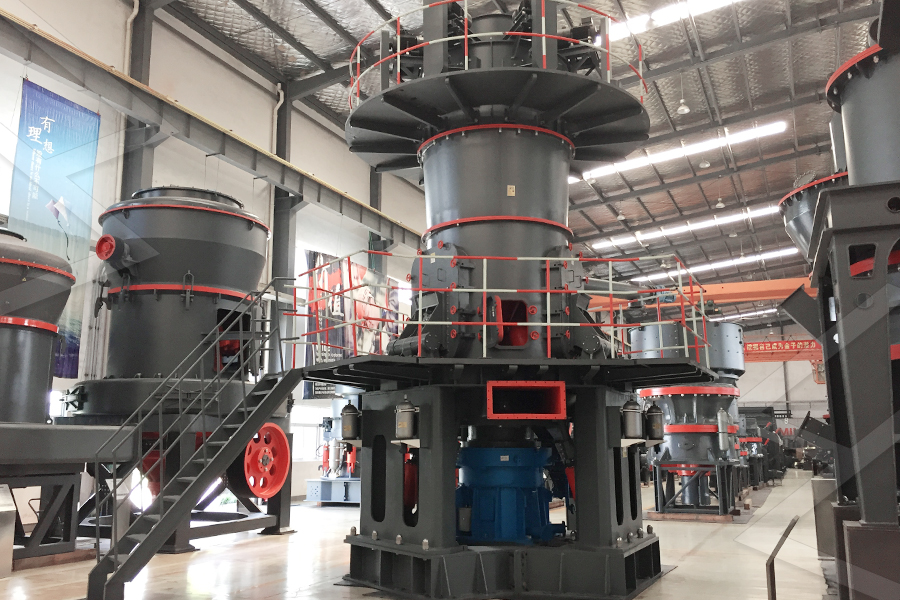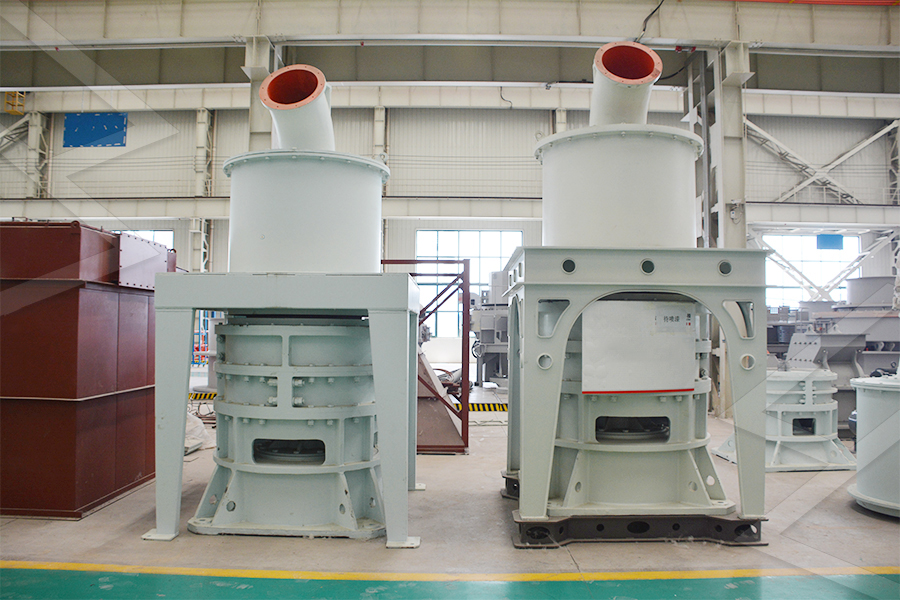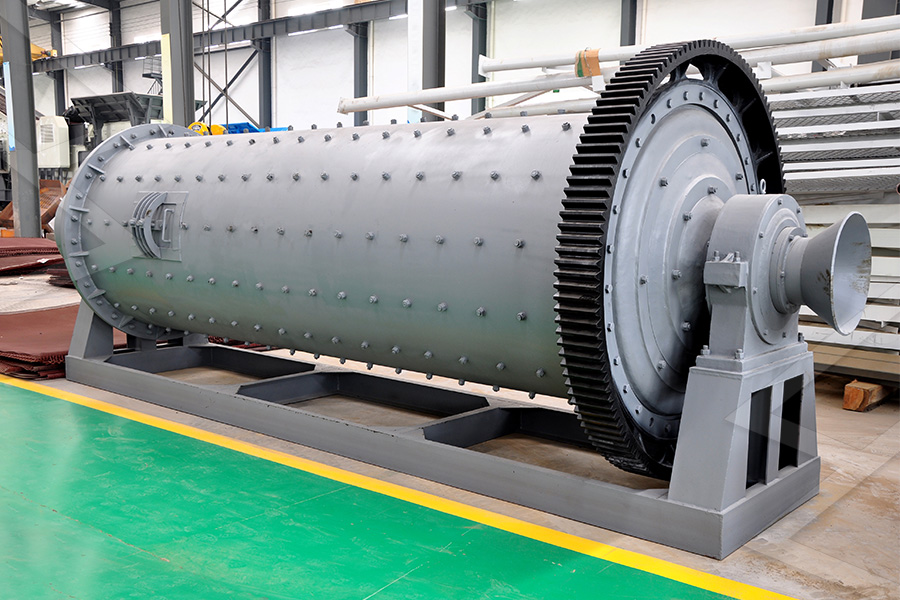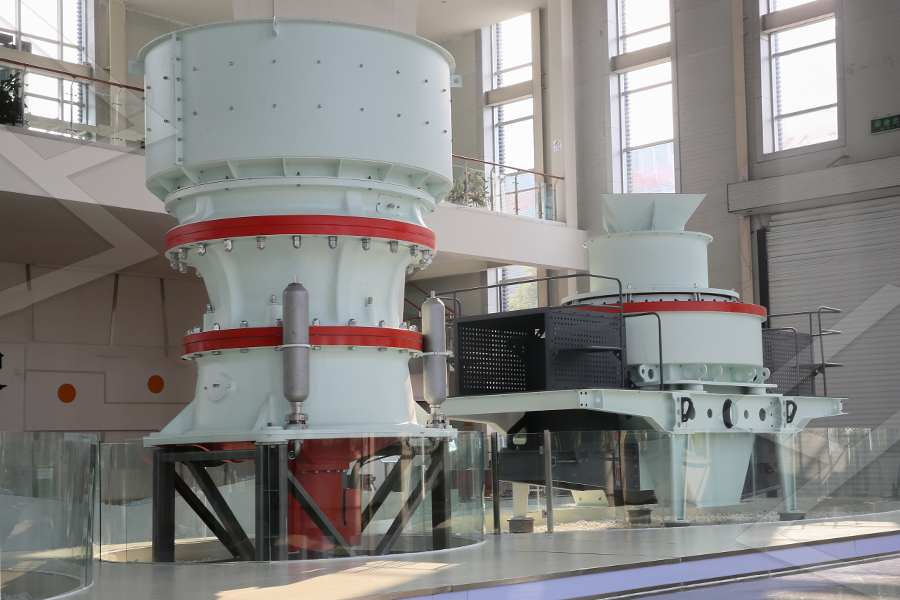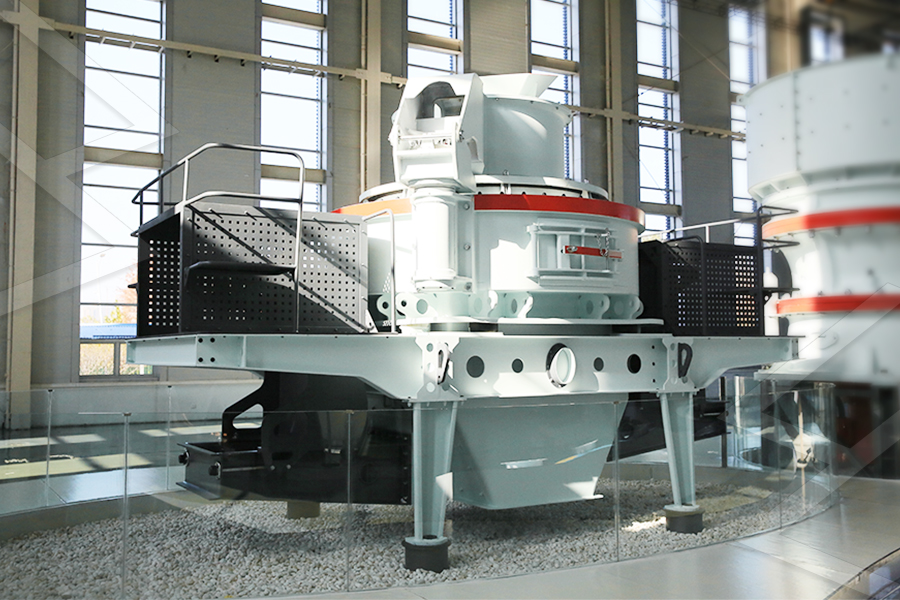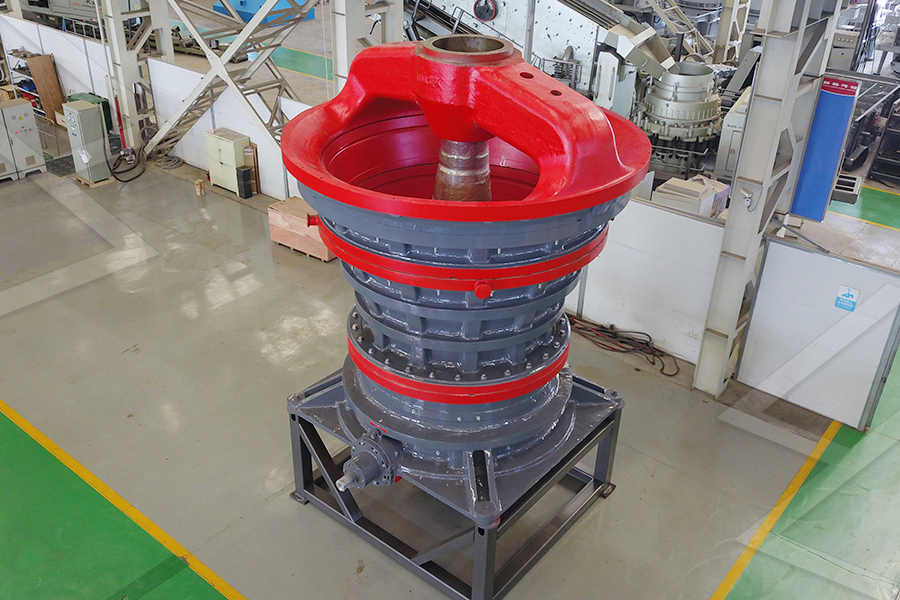Raw Material and Pretreatment
Raw gypsum is sourced from a nearby mine (New Mexico), with a purity of 85-90% CaSO₄·2H₂O (the rest is clay and sand). The raw gypsum arrives at the plant as 100-300mm blocks, which first undergo primary crushing using a jaw crusher (capacity 50 TPH) to reduce size to 50-100mm. The crushed gypsum is then fed into a hammer crusher for secondary crushing, producing 10-20mm particles—ideal for the grinding mill. A vibrating screen removes impurities (e.g., sand particles >20mm), which are sent to a waste pile for reuse as construction fill.
Grinding and Drying Process
The grinding system uses a Raymond mill (a type of vertical roller mill common in gypsum processing) with a model number YGM-4125, featuring 5 grinding rollers and a power rating of 250 kW. Raymond mills are preferred for gypsum because they handle soft minerals (Mohs hardness 1.5-2) efficiently and can integrate drying into the grinding process.
The 10-20mm gypsum particles are fed into the Raymond mill, where they are ground between the rollers and a rotating grinding ring. Hot air (200-220°C) from a natural gas burner is blown into the mill, simultaneously drying the gypsum (reducing moisture to <1%) and carrying the ground powder to an air classifier.
The 10-20mm gypsum particles are fed into the Raymond mill, where they are ground between the rollers and a rotating grinding ring. Hot air (200-220°C) from a natural gas burner is blown into the mill, simultaneously drying the gypsum (reducing moisture to <1%) and carrying the ground powder to an air classifier.
The air classifier’s impeller speed is set to 1800 rpm, ensuring only 120-mesh particles pass through to the pulse bag filter. The filter has 180 bags, each made of polyester felt, and operates at a negative pressure of -5 kPa to capture the powder. The collected powder is discharged into a screw conveyor, which feeds it into a 800-ton silo—equipped with a level indicator to trigger refilling when inventory drops below 200 tons.
